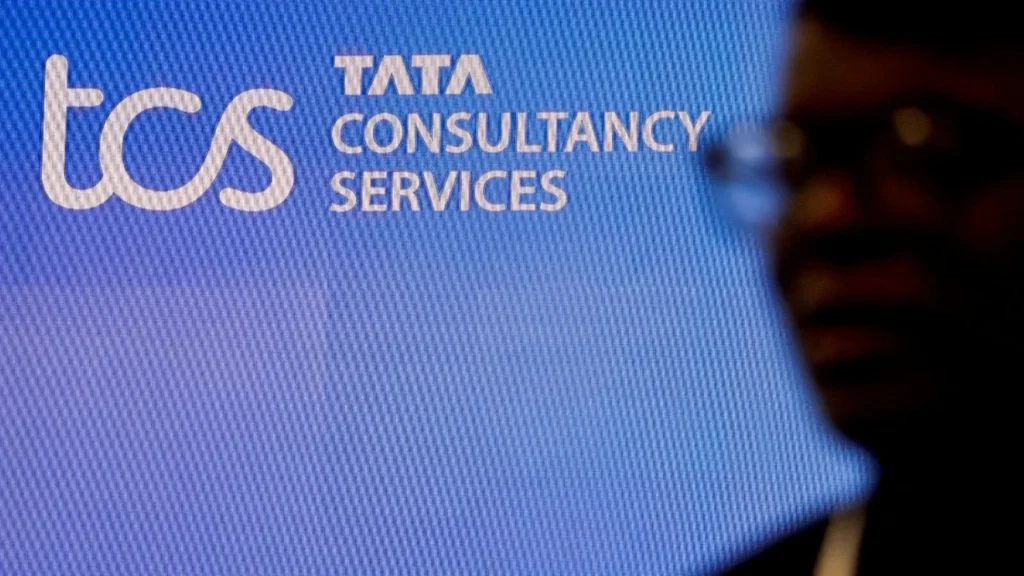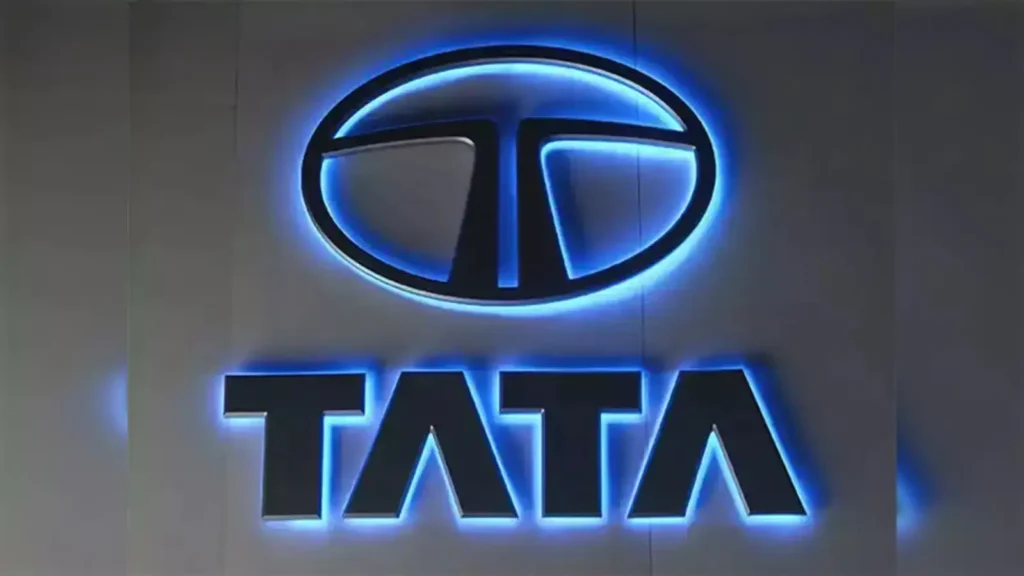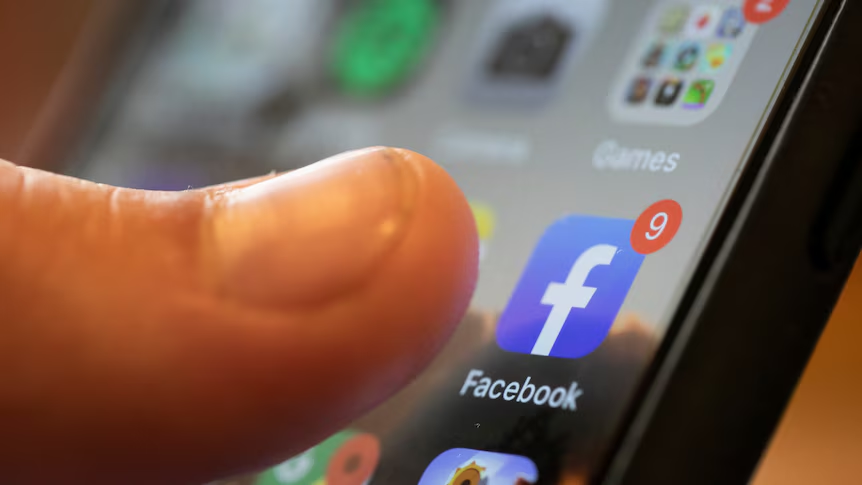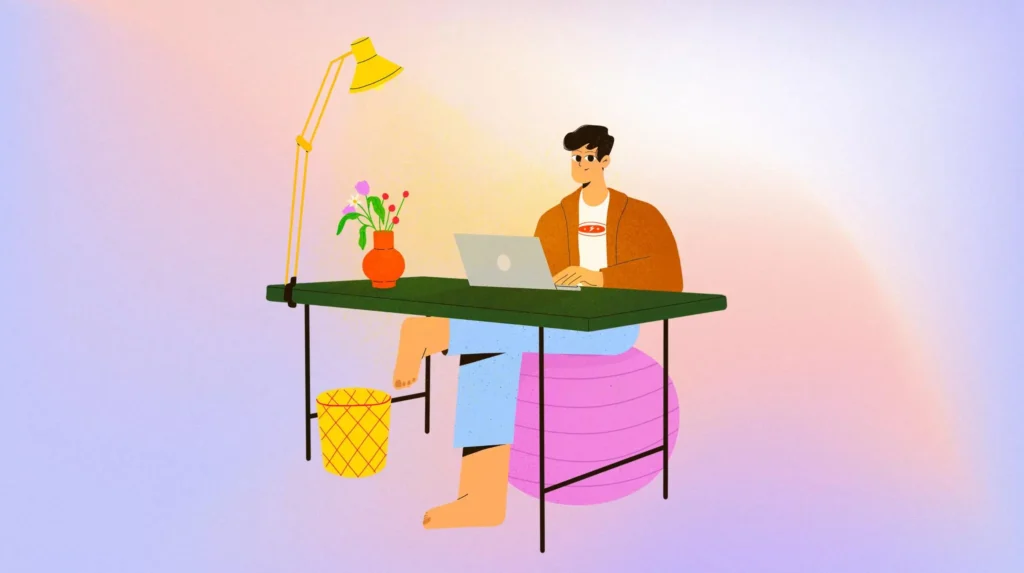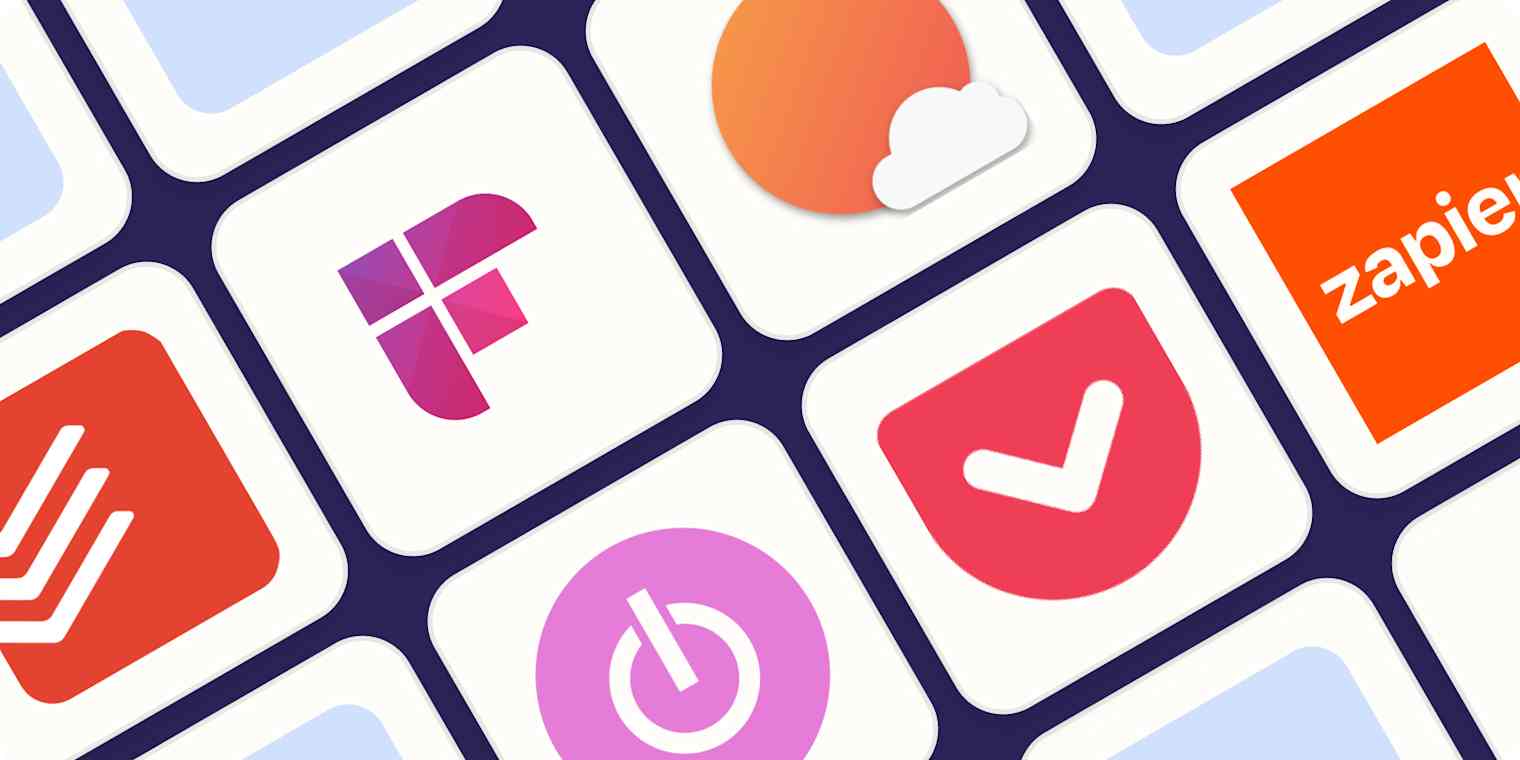Now Reading: Mastering the Art of Personal Email Etiquette: A Simple Guide for Everyday Use
-
01
Mastering the Art of Personal Email Etiquette: A Simple Guide for Everyday Use
Mastering the Art of Personal Email Etiquette: A Simple Guide for Everyday Use

In a digital-first world, email remains one of the most important tools for personal and professional communication. Whether you’re applying for a job, connecting with a brand, or simply writing to a colleague, the way you draft your email can leave a lasting impression. Especially for people in Tier 2 cities, where digital opportunities are growing fast, learning email etiquette is no longer optional—it’s essential.
Why Email Etiquette Matters
Emails are often the first form of communication you have with someone. Poorly written emails can come off as unprofessional, careless, or even rude. On the other hand, a well-crafted email reflects clarity, respect, and confidence.
Good email etiquette helps you:
– Build better connections
– Get quicker responses
– Avoid misunderstandings
– Create a professional image
Key Elements of a Well-Written Email
- Subject Line
Keep it short and clear. Mention what the email is about in 6–8 words. Example: Request for Leave on July 10. - Greeting
Always address the person respectfully. Use Hi, Hello, Dear, followed by the name. Avoid casual openings like “Hey” in formal emails. - Body
Be polite and to the point. Keep paragraphs short. Start with your purpose, give details in the middle, and end with a call to action or next step. - Tone and Language
Avoid slang, all-caps, or emojis in formal emails. Use professional but friendly language. Maintain a calm, respectful tone—even if you’re writing to complain. - Signature
End with a proper sign-off like Regards, Thanks, or Sincerely, followed by your full name and contact details (if necessary).
Common Mistakes to Avoid
– Sending emails without proofreading
– Not replying to emails in time
– Using vague or no subject lines
– Hitting ‘Reply All’ unnecessarily
– Attaching wrong or no files
These small errors can hurt your credibility, especially in work-related or academic communication.
Relevance for Tier 2 Professionals and Students
As startups, remote jobs, and online education rise in cities like Nashik, Jabalpur, and Ranchi, email is becoming a standard mode of interaction. Young professionals, freelancers, and students in these cities often compete with metro-based candidates—making good email skills a small but strong advantage.
Conclusion
Creating your own email etiquette guide is not about being overly formal. It’s about being respectful, clear, and efficient in digital communication. By following simple rules and practicing regularly, anyone can master this skill and stand out in both personal and professional spaces. In today’s fast-paced world, a thoughtful email can open doors faster than a phone call.





